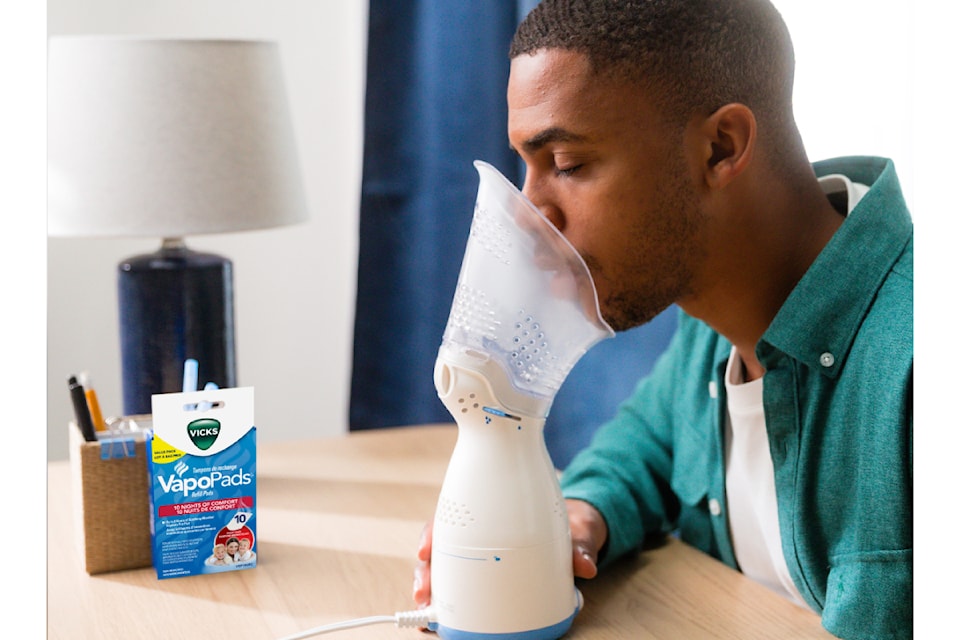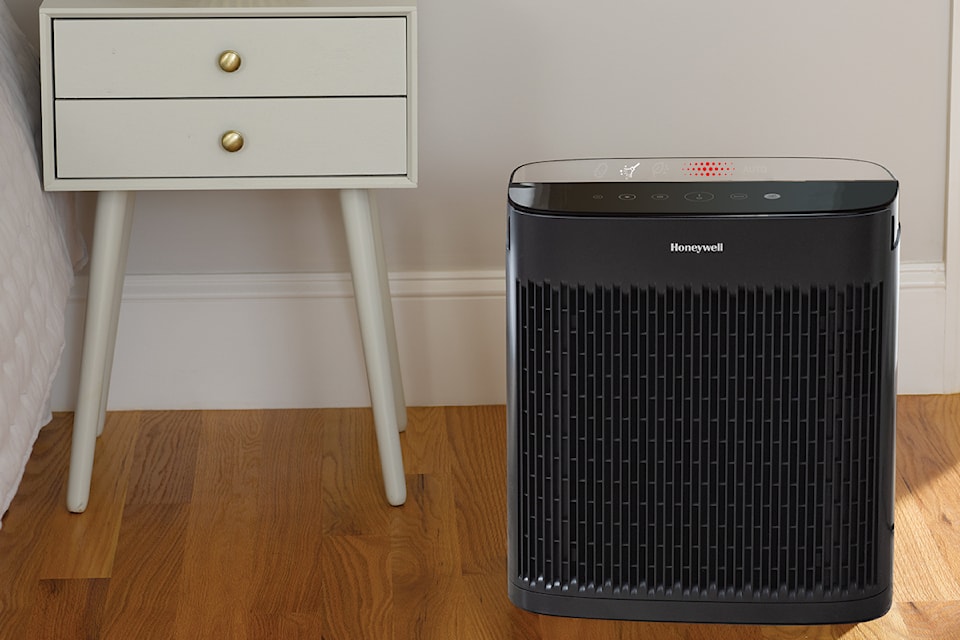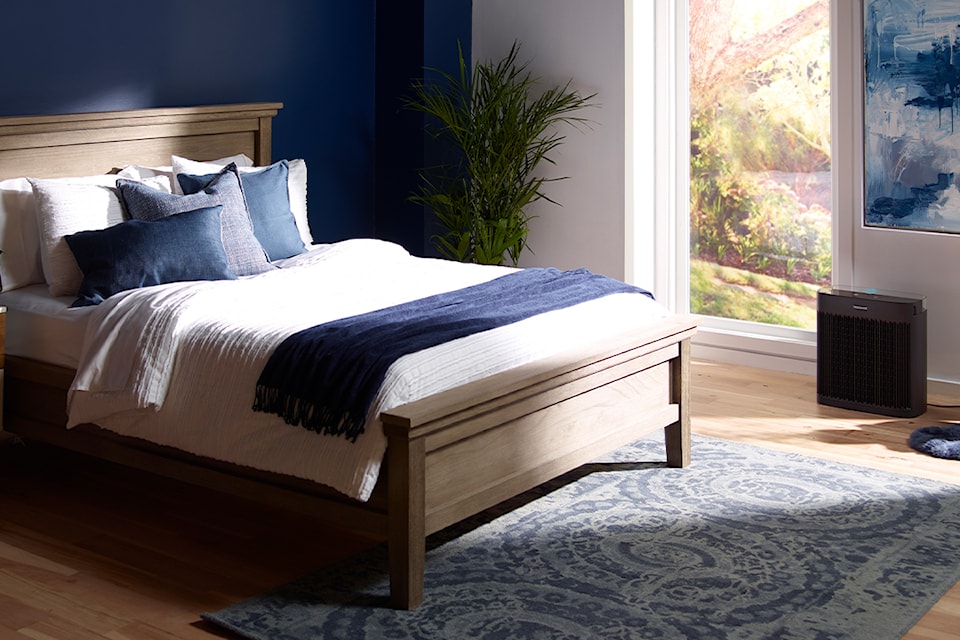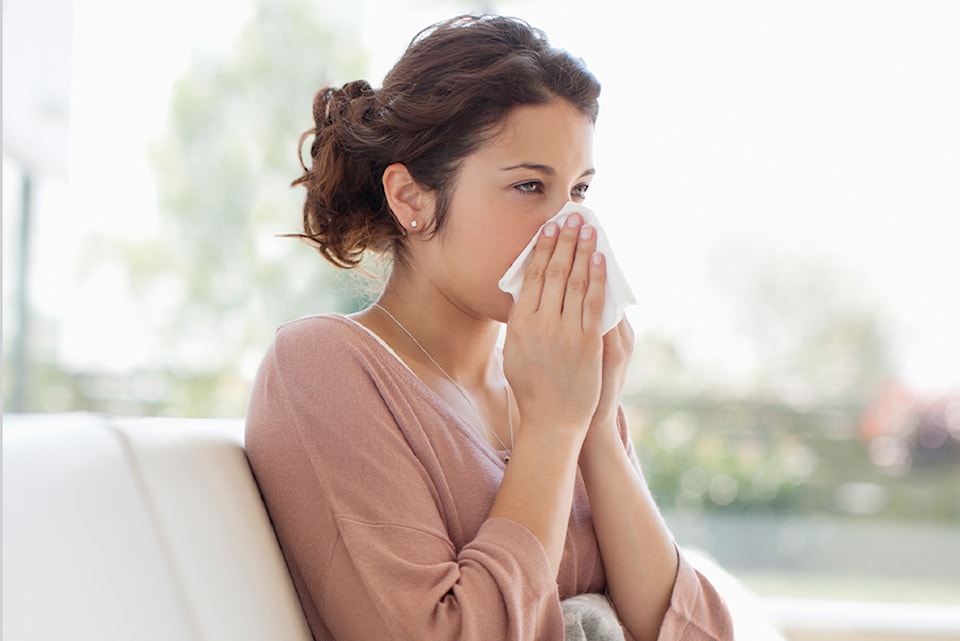From the sneezes of spring to the wheezes of summer, allergies present a widespread challenge for many Canadians. While we often think of allergens as an outdoor issue, indoor air pollution can also contribute to congestion, itchy, watery eyes, and other telltale reactions.
During summer, allergies are especially challenging because of pollen from trees as well as grasses and plants, and cracking open a window for a refreshing breeze can invite pollen indoors, as can kids and pets who track it inside.

So, what's the solution for managing your allergy symptoms?
Sherry Torkos, a holistic pharmacist and author, shares her top tips for creating a healthier home environment and improving indoor air quality.

Know your triggers: Understanding your allergy triggers is the first step in managing symptoms. By identifying what sets off your allergies, you can take proactive steps to avoid them.
Beat the clock: Peak pollen production occurs between 5 a.m. and 10 a.m., so try to plan outdoor activities for other times of the day to minimize exposure.
Mask up: When working in the garden or doing other outdoor chores can provide relief from pollen and other allergens.
Wash wisely: After activities like grass cutting or yard work, shower and wash your hair to remove pollen that may have collected. Avoid line-drying clothes outside, as they can gather pollen.
Clear the air: “Indoor air quality can be two to five times more polluted than outdoor air,” Torkos explains. To combat this, keep windows in your home closed and run an air purifier with a true HEPA filter, like the best-selling Honeywell Insight HPA5250BC model. These devices capture up to 99.97 per cent of microscopic particles, including pollen, dust, and pet dander, keeping your indoor air fresher and cleaner.
Recognizing the importance of trees to our outdoor air quality, for every Honeywell air purifier or filter sold, a contribution is made to Tree Canada’s National Greening Program, aiding in reforestation efforts across the country.

Protect your peepers: Wear sunglasses when outdoors to shield your eyes from pollen. Additionally, use lubricating eye drops like Soothe® Preservative-Free Allergy + Dry Eyes to create a natural barrier against allergens and hydrate dry, irritated eyes.
Combat congestion: Using a sinus steam inhaler can help clear congestion and soothe sinus passages. The Vicks Personal Steam Inhaler provides non-medicated steam to penetrate sinus, nasal, and throat passages for fast relief from allergies.
Soothe a sore throat: Honey can be a natural remedy for a sore, irritated throat. Make a honey/lemon tea or suck on honey lozenges for soothing relief.
Add functional foods: Incorporate foods like apples, red onions, red grapes, and cranberries into your diet. These contain quercetin, a natural antihistamine. Foods like yogurt and kefir, which contain beneficial bacteria (probiotics), can support immune function and may help reduce allergic reactions.
By focusing on these practical solutions, you can create a healthier home environment and enjoy a more comfortable, allergy-free summer! For more information on how air purifiers can benefit your home, visit honeywellpluggedin.ca.
